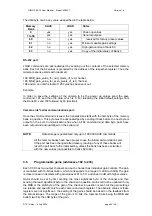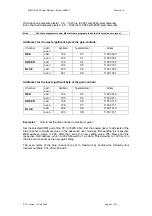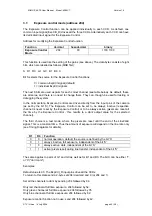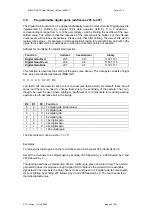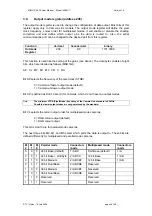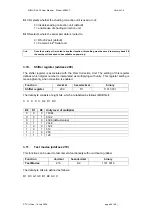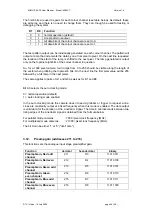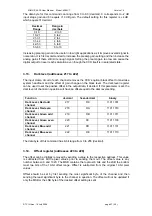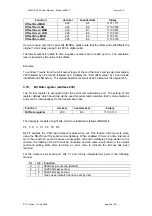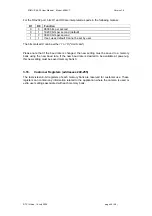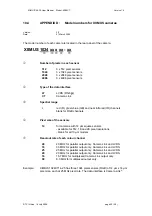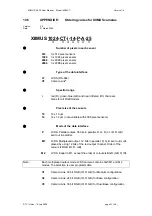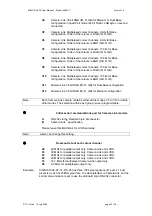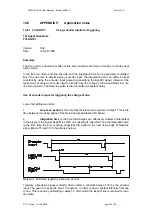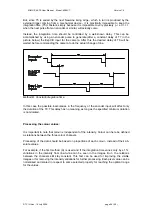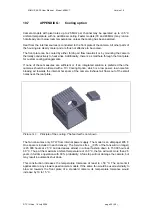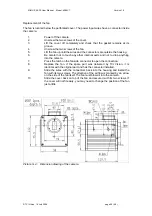
XIIMUS 4K CL User Manual. Model: 4096CT. Version 1.4
But, since T5 is ended by the next NewLine rising edge - which in turn is produced by the
external trigger coming from a mechanical device - it is practically impossible to keep the
integration time (T5) constant, simply because it is impossible to very precisely p r e d i c t ,
when the next pulse from an encoder or similar, will actually come.
Instead, the integration time should be controlled by a well-known delay. This can be
accomplished by using an encoder pulse to generate (after a constant delay of T7 in the
picture below) the ExpCtrl input for the camera. After this the desired delay of T8 will be
waited, before commanding the camera to do the actual change of line.
Method B: Constant integration time.
In this case the possible inaccuracies in the frequency of the encoder input, will affect only
the duration of the T9. This delay has no meaning, as long as the specified minimum duration
is not violated.
Processing the colour values:
It is important to note that colour is independent of the intensity. Colour can here be defined
as relations between the three colour channels.
Processing of the data should be based on proportions of each colour - instead of their ab-
solute values.
For example, if the first method (A) is used and if the integration time varies only by ±1 %,
variations in the intensity from line-to-line can be seen in the images. But - the relations
between the channels still stay constant. This fact can be used for improving the visible
images or for removing the intensity variations for further processing. Each pixel value can be
normalised and scaled in respect to some selected property for reaching the optimal range
for the values.
© TVI Vision, 14 July 2006 page 54 ( 56 )

